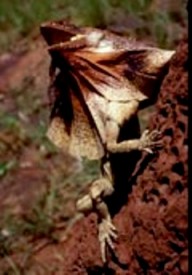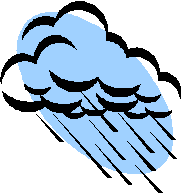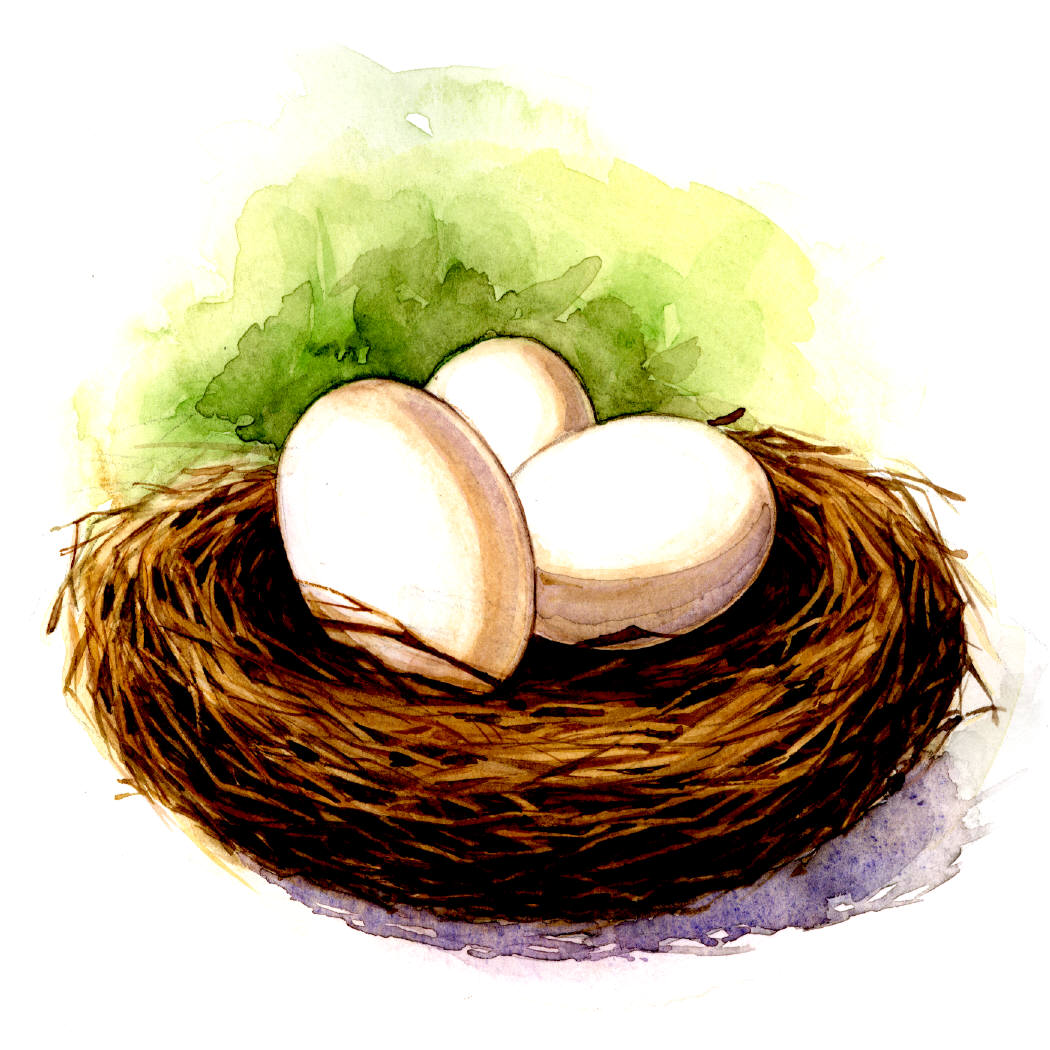|
|
|
"Let the love rain down" |
|
The frilled neck lizard, much like its close relatives in the agamidae family, leads a semi-stationary lifestyle. Their morning hours are spent basking in the sun in order to raise their body temperature, or if need be in the shade to cool down. Frilled necks like to have a body temperature about two to three degrees above the atmospheric temperature. As well as basking in the morning hours you can find the frilled neck foraging for their morning meal. After their morning meal, the frilled neck will not feed again until late afternoon. The activity of the frilled neck lizard is directly correlated to the seasons and temperature of their environment. Australia experiences a great deal of weather variety throughout the year. The most significant weather aspect for the frilled neck is the difference between the wet and dry seasons. The frilled neck experiences a very distinct alteration in activity and behavior during these two seasons.
During the dry season the frilled neck experiences a
The frilled necks reach sexual maturity early in life. Around the beginning of September, the male frilled necks will become very active in order to attract mates. They will compete with each other, often times fighting, opening their frills, and physically attacking each other. Competition is often a large part of mating; therefore, only the strongest and most fit members will pass on their genes. The female
frilled necks can carry anywhere from 8-23 eggs |
|
Send comments about this page to Kim Acker |











 decrease in activity. Their body temperature is reduced by a couple of
degrees during the dry season to help conserve energy. Their metabolism
is slowed by about 23% due to the lack of physical activity/food, and to
conserve energy. Because of the decrease in body temperature and metabolism, the
frilled neck spends most of its time just perched in the trees. In fact
during the dry season, you will find the frilled neck perched in a tree
for 90% of the day. That equates to only about 2.4 hours a day doing physical activity such as foraging.
decrease in activity. Their body temperature is reduced by a couple of
degrees during the dry season to help conserve energy. Their metabolism
is slowed by about 23% due to the lack of physical activity/food, and to
conserve energy. Because of the decrease in body temperature and metabolism, the
frilled neck spends most of its time just perched in the trees. In fact
during the dry season, you will find the frilled neck perched in a tree
for 90% of the day. That equates to only about 2.4 hours a day doing physical activity such as foraging.  In
contrast to the dry season, the wet season brings about boosted
activity levels in the frilled necks. Their metabolism increases to
accommodate for the increased activity,
increase in food supply, and increase in available energy. There is also a sharp increase in frilled neck
population. All of these changes are due to multiple factors. With the
rainy season comes higher temperatures, higher humidity, more rain, more
available food, and the start of the mating season.
In
contrast to the dry season, the wet season brings about boosted
activity levels in the frilled necks. Their metabolism increases to
accommodate for the increased activity,
increase in food supply, and increase in available energy. There is also a sharp increase in frilled neck
population. All of these changes are due to multiple factors. With the
rainy season comes higher temperatures, higher humidity, more rain, more
available food, and the start of the mating season. 